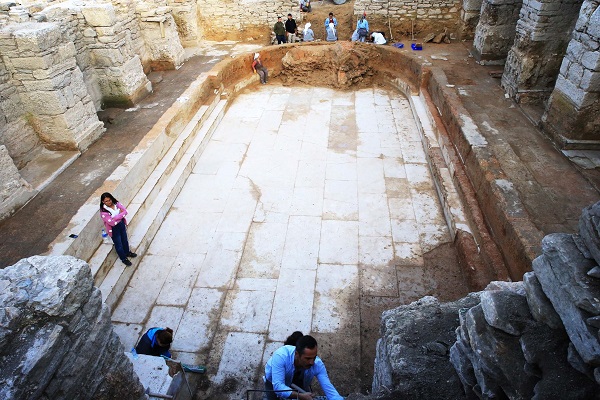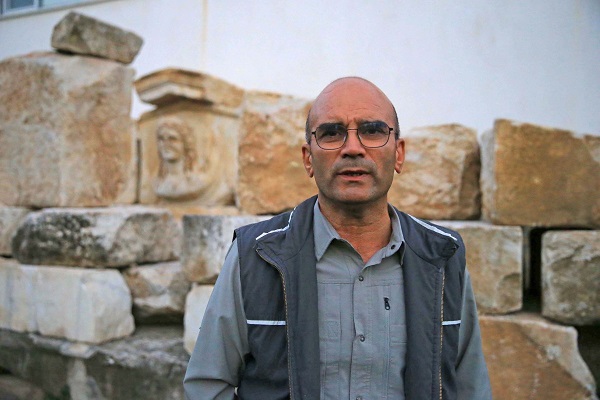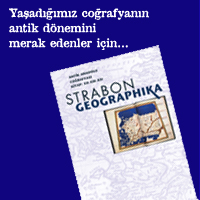Blog
Footprints belonging to 3 different children aged 3 who were playing 1900 years ago were discovered in Muğla

1900-year-old child footprints were unearthed during archaeological excavations in the ancient Roman bath in the ancient city of Stratonikeia in Muğla's Yatağan district.
www.arkeolojikhaber.com
In the ancient city of Stratonikeia, which is located on the lands where the Yatağan district of Muğla is located today, in the 1st century AD, when the Roman Age was ruling, 3 children aged 2-3 years old were running in different directions on wet bricks that had not yet dried. The footprints left on the bricks became a reminder of them and were unearthed years later by archaeologists working in the archaeological excavations of the ancient city of Stratonikeia.
1900-year-old child footprints were unearthed during archaeological excavations in the ancient Roman bath in the ancient city of Stratonikeia in Muğla's Yatağan district.

Head of the Excavation Committee of the Ancient City of Stratonikeia, one of the most important settlements of the Caria region, which is on the UNESCO World Heritage Tentative List, famous as the "City of Gladiators" and one of the largest marble cities in the world, Prof. Dr. Bilal Söğüt said.



Bilal Söğüt added that the Ministry of Culture and Tourism, General Directorate of Cultural Heritage and Museums, Turkish Historical Society, Muğla Governorship, Yatağan Municipality, and Pamukkale University supported the work carried out in the city.
Durmuş Genç - AA / Translated into English by the Archeologicalhaber team


Bu yazı hakkında yorum bulunamamıştır. İlk yorumu siz ekleyebilirsiniz >